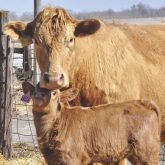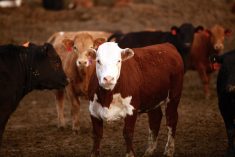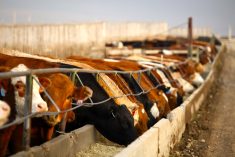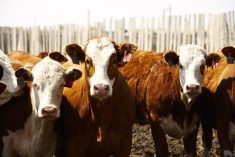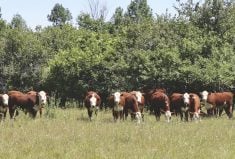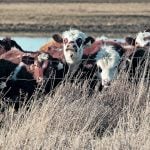In a perfect world, supply would equal demand and everything would balance out.
But it’s not a perfect world, which is why there’s something that Brenna Grant of Canfax calls a “biological-economic phenomenon influenced by production, prices, and profits.”
This is the cattle cycle.
It starts when demand spikes for one reason or another, and supply has to play catch-up. Usually, that means producers retain heifers, reducing their production in the short term in order to have more in the long term.
Read Also
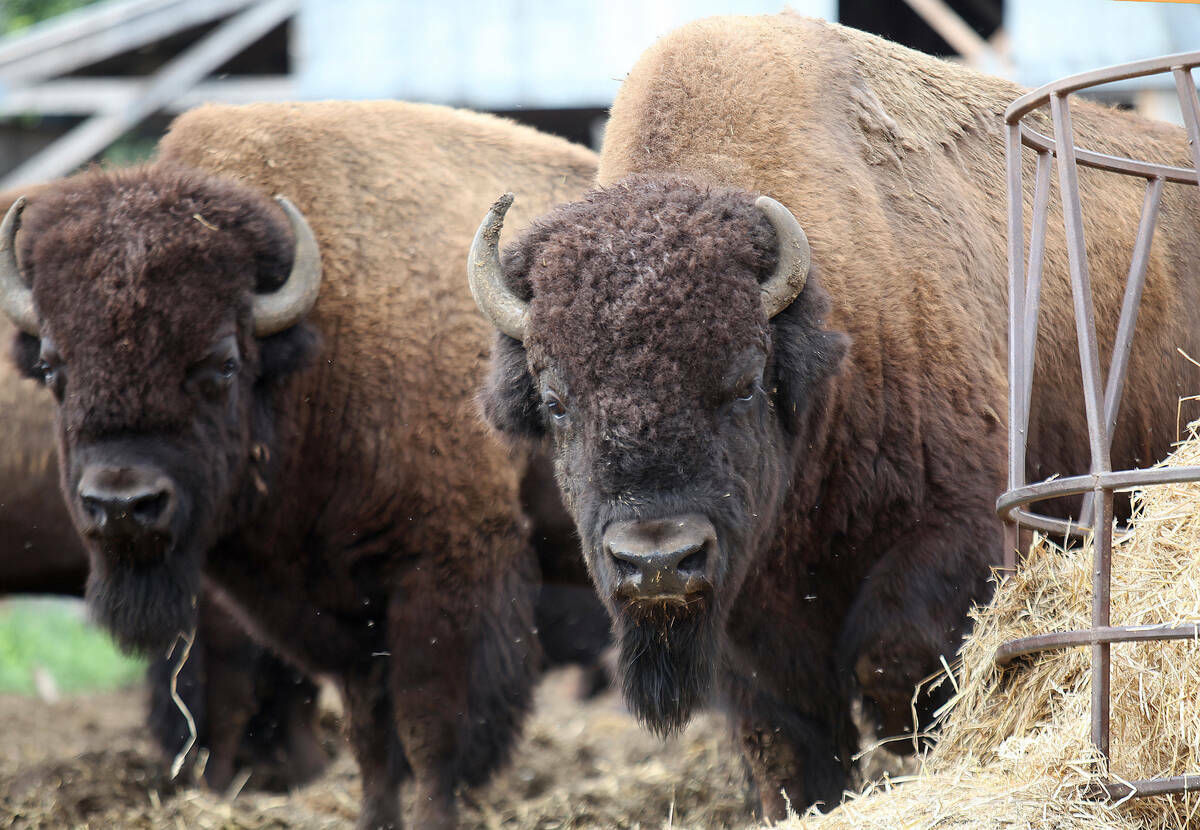
Bison prices remain high, but supply shrinks
Bison numbers are down amid increasing demand and record high market prices.
The herd expands, and everything balances out — for a while.
At some point, though, demand will drop again, and with it, prices. Producers stop expanding, but it takes two years from the time a cow is bred to when her calf goes to market, so oversupply increases, pushing down prices further and prompting producers to liquidate their additional animals. That puts even more beef in the marketplace in the short term.
But eventually demand outstrips supply once again, and the cycle begins anew.
“It’s really what drives our cattle industry historically, and why we have this really clear trend throughout history,” said Grant.



